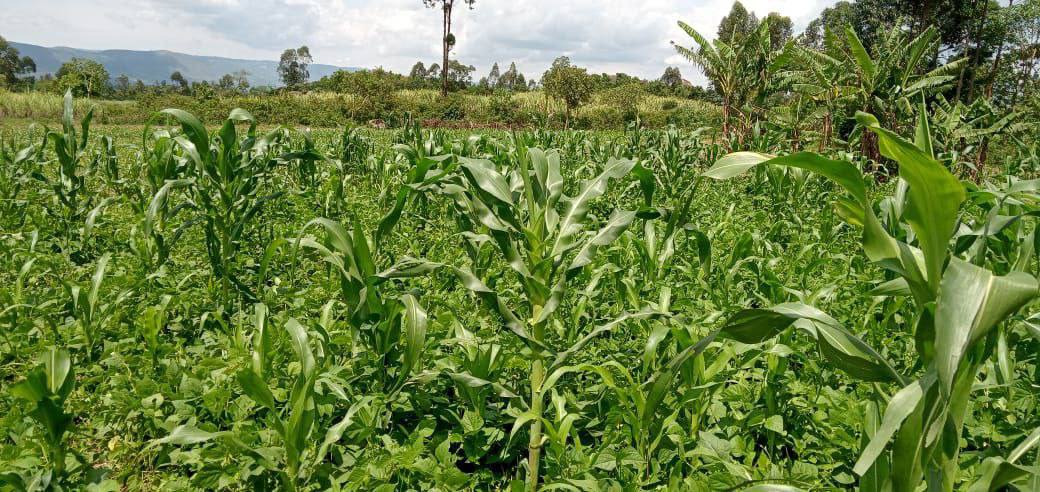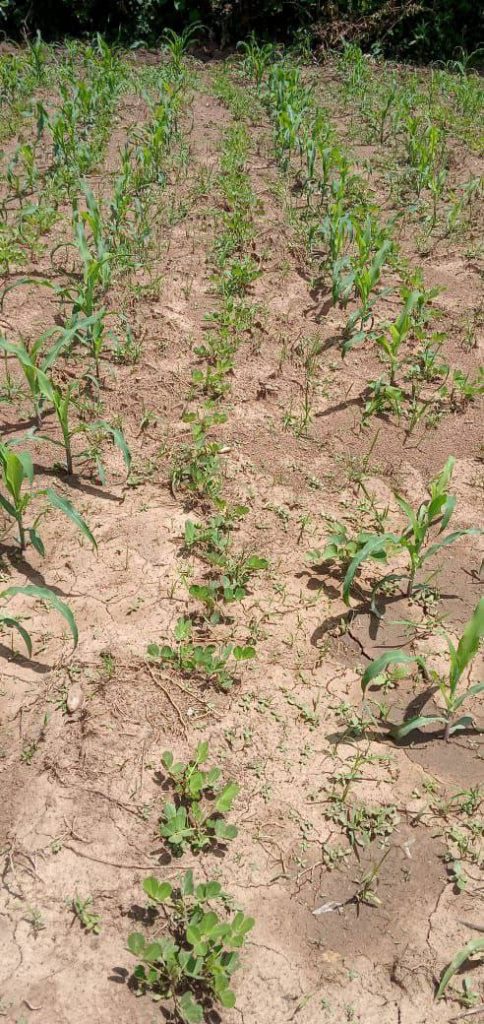Conservation Agriculture

According to the Food and Agriculture Organization (FAO)[1], conservation agriculture is a farming system that promotes minimum soil disturbance- that is zero tillage. It also includes maintaining a permanent soil cover and plant species diversification. This method of agriculture enhances biodiversity and natural biological processes both above and below the ground surface which in turn contribute to increased water and efficient nutrient use, resulting in improved and sustained crop production. In other words, conservation agriculture gives rise to the sustainable growth of crops by conserving and enhancing soil quality, leading to higher yields and protection of the native environment and ecosystem therein.
Conservation agriculture has three main principles, the first of which is minimum tillage. This means that there is very little soil disturbance using machinery when cultivation of crops is taking place. The second principle is a permanent organic soil cover. This soil cover includes or comprises of mulching from the recently harvested crop which provides multiple benefits such as protecting the soil from both water and soil erosion as well as providing a good environment for insects and bacteria that enable decomposition and incorporation into the soil. The third principle is crop rotation and incorporation of legumes. Legumes are known to be excellent nitrogen-fixers for the soil, thereby enhancing soil nutrition. In addition, legumes help to improve soil permeability and structure, decrease soil pH and allow for diversification of the microscopic ecosystem of the soil.

The groups ACLAD works with in Kakamega have been trained in conservation agriculture and are putting theory into practice, planting maize with minimal tillage (with some group members using a jab planter) and three weeks later, planted three different cover crops- Dolichos, White butter beans and Cowpeas. These crops are doing well and members will soon be ready for a bountiful harvest. The harvest will go a long way in ensuring that the community members are food secure with nutritious foods and that their livelihoods have been enhanced, leading to community resilience.

Conservation agriculture has numerus benefits such as reduction in labour cost for clearing the land before planting as the method engaged is minimal to zero tillage. The soil also benefits in the long-run as the continuous addition of crop remains increases organic matter content in both the top soil and deeper soil layers in the long run. In addition, studies by FAO have indicated that healthy soils are essential for the development of sustainable and robust crop production systems that are resilient to the effects of climate change.[2]
Catherine Muteithia
ACLAD Media Consultant
[2] http://www.fao.org/conservation-agriculture/overview/why-we-do-it/en/
